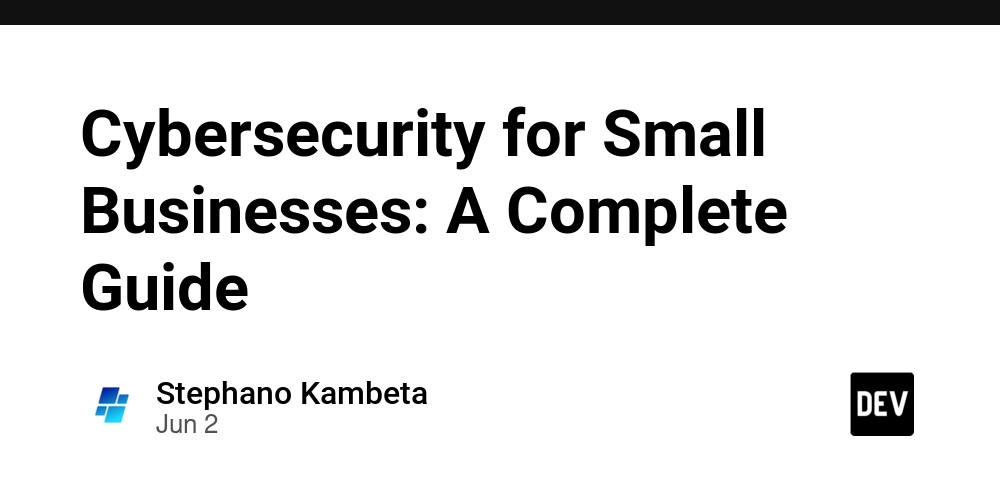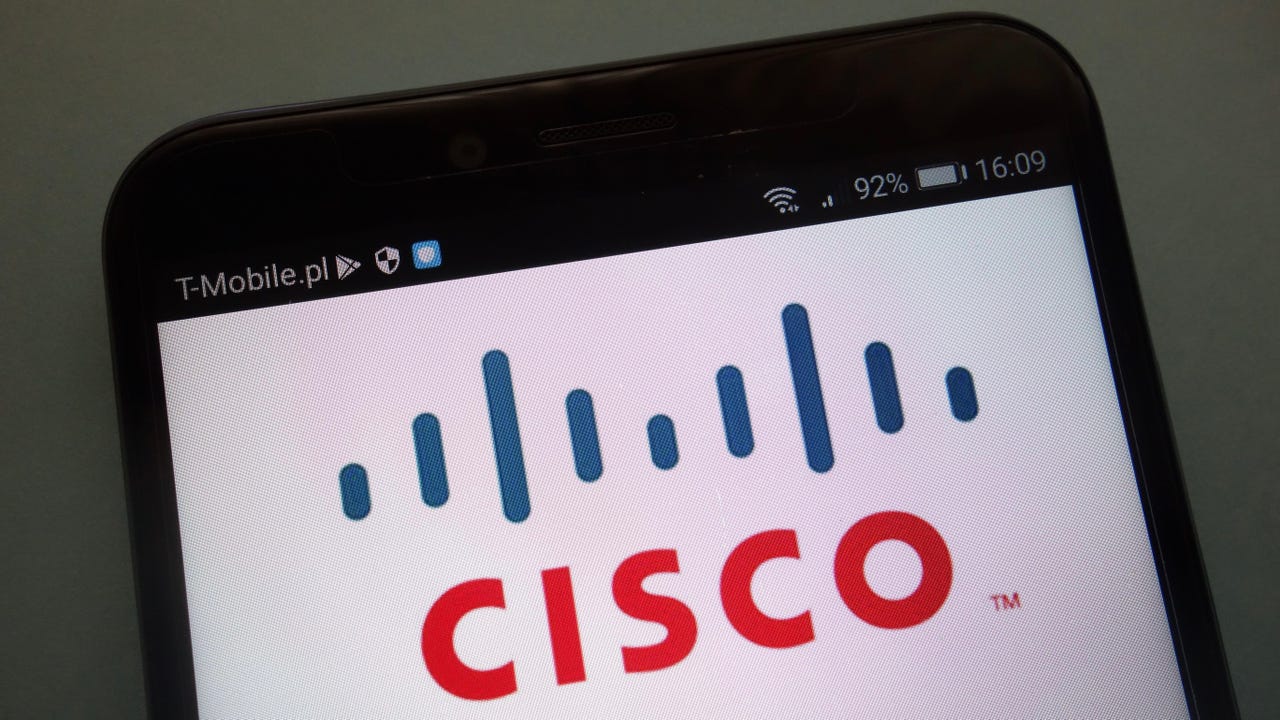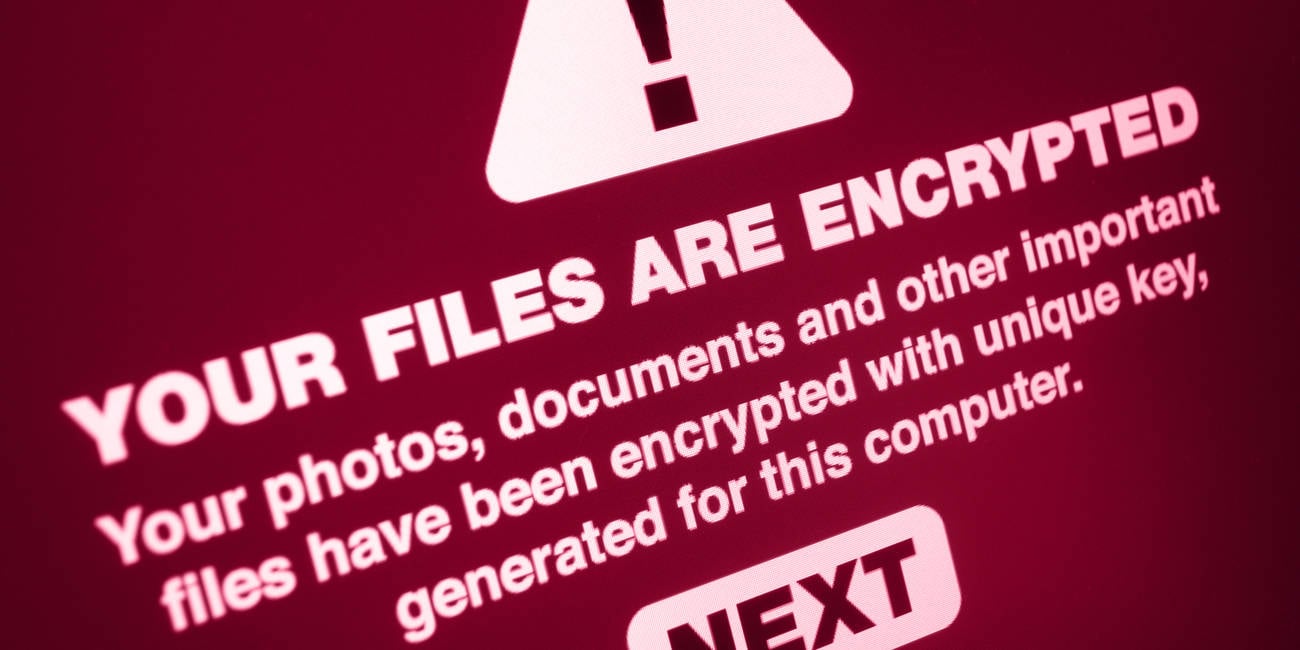Cybersecurity for Small Businesses: A Complete Guide
If you're running a small business, let’s be honest — cybersecurity might not be the first thing on your mind. You’re busy growing your brand, serving your customers, and handling a dozen other tasks. But here’s the truth: small businesses are becoming top targets for cyberattacks. Hackers know you likely don’t have a full-blown IT security team, and they’re counting on that. That’s exactly why I put together this complete guide. Whether you're just starting or already have an online presence, this post will walk you through practical, beginner-friendly steps to secure your business without needing a cybersecurity degree. Why Small Businesses Are Targeted Many business owners think, “I’m too small to be hacked.” But attackers often see small businesses as low-hanging fruit. You might not store millions of records, but you probably have customer data, payment info, and access to larger supply chains. That makes you valuable. Plus, cybercriminals use automated tools to scan thousands of websites at once. If your site has a weak point, it can be exploited within seconds. If you want a deeper understanding of how cyber risks affect small companies, check out my post: Cyber Security for Small Companies. Common Cyber Threats Facing Small Businesses Phishing Emails: Fake emails that trick your team into clicking malicious links or handing over passwords. Ransomware: A type of malware that locks your files and demands payment to unlock them. Data Breaches: When sensitive information like customer data is stolen or leaked. Insider Threats: Employees or contractors with access to systems who misuse their privileges. Want to explore how threat intelligence plays a role in defense? I’ve broken it down in this post: What is Cyber Threat Intelligence? Simple Steps to Strengthen Your Cybersecurity 1. Use Strong Passwords & Multi-Factor Authentication Make sure you and your team use complex passwords and enable MFA (multi-factor authentication) wherever possible. It’s one of the easiest and most effective ways to block unauthorized access. 2. Keep Software Updated Regularly update your operating systems, antivirus software, and plugins. Most breaches happen because of outdated software with known vulnerabilities. 3. Train Your Team Teach your staff to spot phishing emails and understand basic security practices. Human error is still one of the biggest cybersecurity threats. 4. Back Up Your Data Set up regular, automatic backups of all important data. Store backups in a secure, separate location — preferably offline or in the cloud with encryption. 5. Use a Firewall and Antivirus Protection Firewalls help block unwanted traffic, and antivirus software protects your devices from malware. These are your first lines of defense. For more on the foundations of cybersecurity, visit: IT Security Basics and Computer Security Guide. Choosing the Right Security Provider You don’t need to do everything alone. There are companies that specialize in protecting small businesses. Look for services that offer managed security, real-time monitoring, and 24/7 support. Check out these helpful lists before you decide: Best Internet Security Companies Top Computer Security Providers Top Cybersecurity Companies for 2025 Don’t Forget Compliance Depending on your industry, you might also need to follow certain regulations. For example, healthcare businesses must comply with HIPAA, while European businesses follow GDPR. In the EU, the NIS2 Directive is becoming critical for many small and medium enterprises. And if you're building your security strategy, check out frameworks like the NIST Cybersecurity Framework — it's a great blueprint for beginners. What About OT Security? If your business runs any physical systems — like manufacturing equipment or sensors — you also need to think about Operational Technology (OT) Security. These systems are becoming more connected and are often overlooked, but they’re just as vulnerable. Final Thoughts: Make Cybersecurity Part of Your Business Growth Cybersecurity isn’t just a one-time checklist — it’s an ongoing part of your business strategy. Just like you invest in marketing or customer service, invest in your digital safety. It builds trust with customers and protects everything you’ve worked so hard to build. Start with small steps. Even basic changes can go a long way. And remember, you don’t have to figure it all out at once. Bookmark this guide, come back to it when needed, and keep leveling up your security one step at a time. Want more guides like this? Browse the full cybersecurity section on my blog and keep learning!

If you're running a small business, let’s be honest — cybersecurity might not be the first thing on your mind. You’re busy growing your brand, serving your customers, and handling a dozen other tasks. But here’s the truth: small businesses are becoming top targets for cyberattacks. Hackers know you likely don’t have a full-blown IT security team, and they’re counting on that.
That’s exactly why I put together this complete guide. Whether you're just starting or already have an online presence, this post will walk you through practical, beginner-friendly steps to secure your business without needing a cybersecurity degree.
Why Small Businesses Are Targeted
Many business owners think, “I’m too small to be hacked.” But attackers often see small businesses as low-hanging fruit. You might not store millions of records, but you probably have customer data, payment info, and access to larger supply chains. That makes you valuable.
Plus, cybercriminals use automated tools to scan thousands of websites at once. If your site has a weak point, it can be exploited within seconds.
If you want a deeper understanding of how cyber risks affect small companies, check out my post: Cyber Security for Small Companies.
Common Cyber Threats Facing Small Businesses
- Phishing Emails: Fake emails that trick your team into clicking malicious links or handing over passwords.
- Ransomware: A type of malware that locks your files and demands payment to unlock them.
- Data Breaches: When sensitive information like customer data is stolen or leaked.
- Insider Threats: Employees or contractors with access to systems who misuse their privileges.
Want to explore how threat intelligence plays a role in defense? I’ve broken it down in this post: What is Cyber Threat Intelligence?
Simple Steps to Strengthen Your Cybersecurity
1. Use Strong Passwords & Multi-Factor Authentication
Make sure you and your team use complex passwords and enable MFA (multi-factor authentication) wherever possible. It’s one of the easiest and most effective ways to block unauthorized access.
2. Keep Software Updated
Regularly update your operating systems, antivirus software, and plugins. Most breaches happen because of outdated software with known vulnerabilities.
3. Train Your Team
Teach your staff to spot phishing emails and understand basic security practices. Human error is still one of the biggest cybersecurity threats.
4. Back Up Your Data
Set up regular, automatic backups of all important data. Store backups in a secure, separate location — preferably offline or in the cloud with encryption.
5. Use a Firewall and Antivirus Protection
Firewalls help block unwanted traffic, and antivirus software protects your devices from malware. These are your first lines of defense.
For more on the foundations of cybersecurity, visit: IT Security Basics and Computer Security Guide.
Choosing the Right Security Provider
You don’t need to do everything alone. There are companies that specialize in protecting small businesses. Look for services that offer managed security, real-time monitoring, and 24/7 support.
Check out these helpful lists before you decide:
- Best Internet Security Companies
- Top Computer Security Providers
- Top Cybersecurity Companies for 2025
Don’t Forget Compliance
Depending on your industry, you might also need to follow certain regulations. For example, healthcare businesses must comply with HIPAA, while European businesses follow GDPR. In the EU, the NIS2 Directive is becoming critical for many small and medium enterprises.
And if you're building your security strategy, check out frameworks like the NIST Cybersecurity Framework — it's a great blueprint for beginners.
What About OT Security?
If your business runs any physical systems — like manufacturing equipment or sensors — you also need to think about Operational Technology (OT) Security. These systems are becoming more connected and are often overlooked, but they’re just as vulnerable.
Final Thoughts: Make Cybersecurity Part of Your Business Growth
Cybersecurity isn’t just a one-time checklist — it’s an ongoing part of your business strategy. Just like you invest in marketing or customer service, invest in your digital safety. It builds trust with customers and protects everything you’ve worked so hard to build.
Start with small steps. Even basic changes can go a long way. And remember, you don’t have to figure it all out at once. Bookmark this guide, come back to it when needed, and keep leveling up your security one step at a time.
Want more guides like this? Browse the full cybersecurity section on my blog and keep learning!














































































































































































![[The AI Show Episode 151]: Anthropic CEO: AI Will Destroy 50% of Entry-Level Jobs, Veo 3’s Scary Lifelike Videos, Meta Aims to Fully Automate Ads & Perplexity’s Burning Cash](https://www.marketingaiinstitute.com/hubfs/ep%20151%20cover.png)

























































































































![[DEALS] FileJump 2TB Cloud Storage: Lifetime Subscription (85% off) & Other Deals Up To 98% Off – Offers End Soon!](https://www.javacodegeeks.com/wp-content/uploads/2012/12/jcg-logo.jpg)



![From electrical engineering student to CTO with Hitesh Choudhary [Podcast #175]](https://cdn.hashnode.com/res/hashnode/image/upload/v1749158756824/3996a2ad-53e5-4a8f-ab97-2c77a6f66ba3.png?#)








































































































































_sleepyfellow_Alamy.jpg?width=1280&auto=webp&quality=80&disable=upscale#)
















































































































![watchOS 26 May Bring Third-Party Widgets to Control Center [Report]](https://www.iclarified.com/images/news/97520/97520/97520-640.jpg)

![AirPods Pro 2 On Sale for $169 — Save $80! [Deal]](https://www.iclarified.com/images/news/97526/97526/97526-640.jpg)
![Apple Shares Official Trailer for 'The Wild Ones' [Video]](https://www.iclarified.com/images/news/97515/97515/97515-640.jpg)




































































